When it comes to sleep apnoea, there is a common misconception that children do not suffer from it. However, in recent years, cases of children who have been diagnosed with this disorder have increased rapidly throughout Australia.
If your child is sleep-deprived or is displaying other symptoms, it can be a sign that they are suffering from this affliction. If not treated, it may have serious consequences for their overall physical and mental health. With that in mind, here are 10 signs your child might have sleep apnoea.
If your child is displaying any or multiple of these symptoms, then it might be worth making an appointment for them with a paediatrician or sleep specialist.
Snoring
Snoring might be a sign of sleep apnoea in children. Generally, it is very uncommon for children to snore unless they have respiratory infections like the common cold, infected adenoids or enlarged tonsils. It should not happen when they appear well overall.
When anyone snores, it is usually a sign of an untypical airflow in their upper airways, which links the nose, mouth and lungs. As a result, turbulence within these pathways creates a snoring sound.
As snoring is often associated with sleep apnoea, it is worth getting your child checked out by a sleep specialist or a paediatric otolaryngologist (who is an expert in matters related to the ear, nose, and throat) if your child is snoring on a regular basis.
Teeth grinding
If your child is more susceptible to bruxism – or teeth grinding as it is more commonly known – it can be a sign they are suffering from sleep apnoea.
As a rule, sleep apnoea happens when the soft tissues that reside at the back of one’s throat block the airways. Children whose jaws and airways have not properly developed can experience a disrupted airflow when they try to sleep. As they are unable to sleep properly, it is harder for them to enter the deep state necessary for their overall health and well-being. Subsequently, while attempting to do so, they often grind and clench their teeth when trying to manoeuvre their jaws forward to open these airways.
While mouthguards can stop their teeth from being damaged during this process, treating them for sleep apnoea can often resolve this occurrence too.
Mouth breathing
Incessant mouth breathing can be another sign that your child may be suffering from sleep apnoea.
Humans are wired to breathe through their noses. However, if for any reason our nose is blocked, then mouth breathing can often occur. Mouth breathing is not ideal because by doing this, the muscles of the jaw adopt a relaxed position. If this continues over time, it can lead to an elongation of your face. It can also result in a weakening of the muscles around the mouth, throat and tongue.
For this reason, snoring and sleep apnoea are more prone among mouth-breathers than those who predominantly breathe through their nose.
Restless sleep
Any parent will tell you that children can be restless sleepers. However, when this becomes persistent and exaggerated, it can be a sign of sleep apnoea.
If children are finding it difficult to breathe when they go to sleep this can result in excessive movement. It can also result in them adopting unusual sleep positions, for example, parallel to the headboard, upside down or otherwise propped up to try and open the airways more. Should you find their duvet cover on the floor in the morning or twisted into the shape of a ball, it would be a good idea to have them evaluated by an expert sleep specialist.
Sweating
Unless they are suffering from a fever, it is very uncommon for children to profusely sweat when they sleep.
Sweat-ridden bed sheets, blankets or pyjamas might be an indication that your child is having trouble breathing during their sleep. Which could be because of sleep apnoea. Decreased oxygen levels, increased heart rate and blood pressure and a spike in cortisol – the stress hormone – are all linked with this condition. If you see excessive signs of sweating when your child sleeps, they could be experiencing sleep apnoea.
Bedwetting
While children often wet their bed at night, it is only considered an issue if they are over the age of five years old, and it is still happening more than a couple of times a week.
Officially referred to as sleep enuresis, bed wetting affects up to 30% of children aged 12 years or under. It happens when they are in a slow-wave state of sleep and a child cannot arouse themselves when they have a full bladder. Though sleep enuresis might be due to stress or infection, it can also be a sign of sleep apnoea, resulting from chemical imbalances within the brain.
Excessive napping
Once children start school, they tend to not need to take naps. However, if they do, it might be a symptom of sleep apnoea.
If your child constantly needs to nap when they get back from school, it is possibly because they are sleep deprived. So it is a good idea to consult with a specialist if this is the case.
ADHD
ADHD, or attention deficit hyperactivity disorder, is a common affliction that affects about 1 in 20 children in Australia. One reason for it in children could be sleep apnoea1.
Unlike sleep-deprived adults who usually experience fatigue during the daytime, sleep-deprived children often suffer from the opposite effect. Namely, they demonstrate hyperactive behaviour as well as poor impulse control, aggressiveness, forgetfulness, and easy distractibility.
When it comes to treating children with ADHD, sleep apnoea is often something that is not considered. Subsequently, this can result in incorrect diagnoses and inappropriate medical treatments.
Sleepwalking
Up to 30% of Australian children sleepwalk at least once between the ages of three to 10 years old. Peaking at around five years old, it is usually associated with confusional arousal. This is when a child appears to have woken up but is actually in a subconscious and disorientated state. Typically this occurs in the first few hours of the night.
Though the factors behind sleepwalking are not always identified, sleep apnoea is thought to be a major contributor to this condition. According to research published in Frontiers of Psychology, adults and children with sleep apnoea are a lot more prone to sleepwalking than those who do not suffer from it.
Growth problems
If your child appears small for their age it could be because of sleep apnoea. Often, children who suffer from this condition are in the lower percentile in terms of height and weight as compared to other children of the same age and sex.
One of the main reasons for this is believed to be a result of slow-wave sleep being regularly interrupted. Typically, a growth hormone is released during short-wave sleep which helps muscle and bone development. If it is regularly disrupted, this can result in a child being deprived of it, which in turn can result in an impairment of growth.
In some children, successful sleep apnoea treatment has reversed the trend and restored their growth trajectory.
Final thoughts
If you think your child may be exhibiting any of these signs of sleep apnoea, you should discuss your concerns with your doctor or paediatrician.
They, in turn, may refer you to a specialist sleep expert who will evaluate your child and recommend any required treatments.
Depending on the situation, a CPAP machine from a well-known supplier like CPAP Direct may be recommended.
In the meantime, keeping a diary of your child’s symptoms is also a clever idea. That way, you will be able to document and describe events, which will give the specialist more relevant information to work with during your appointment with them.
This article was written by Lucy Mitchell, Content Manager for Current.com.au | The Home of Australian Product Reviews, with editing by Kidspot NZ.
The appearance of external hyperlinks does not constitute endorsement by Kidspot NZ of the website, information, products or services contained therein. All views are those of the author.
References:
1 National Library of Medicine: Is obstructive sleep apnea associated with ADHD? (August 2011)
See more:

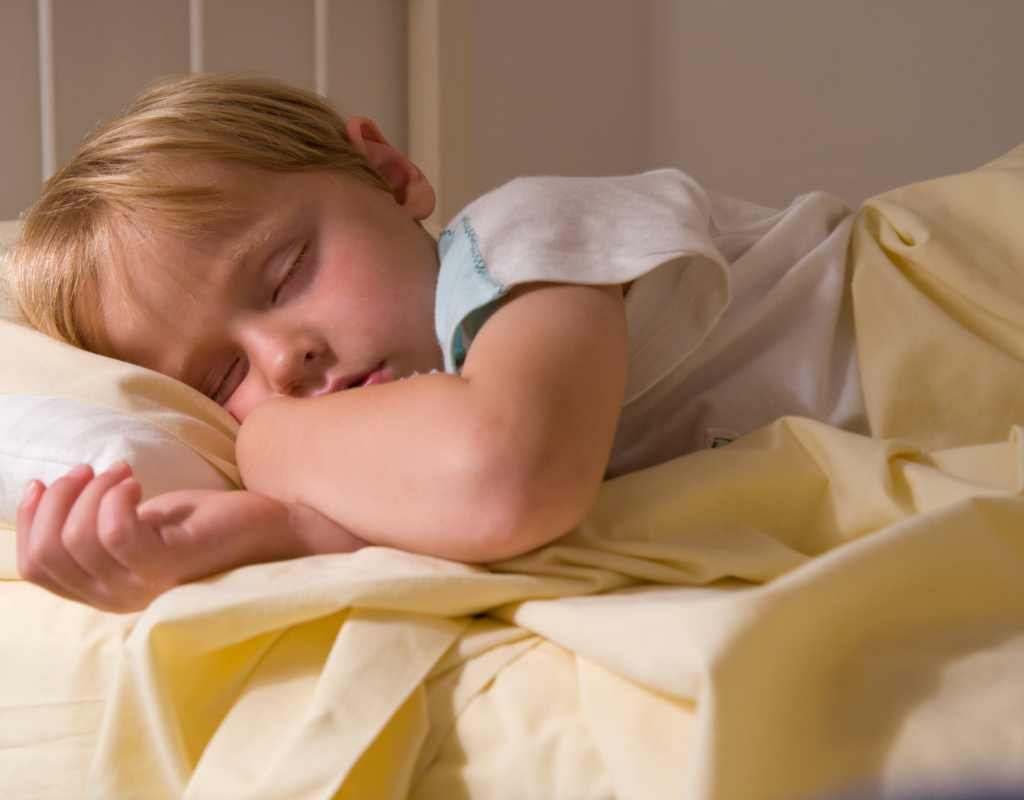
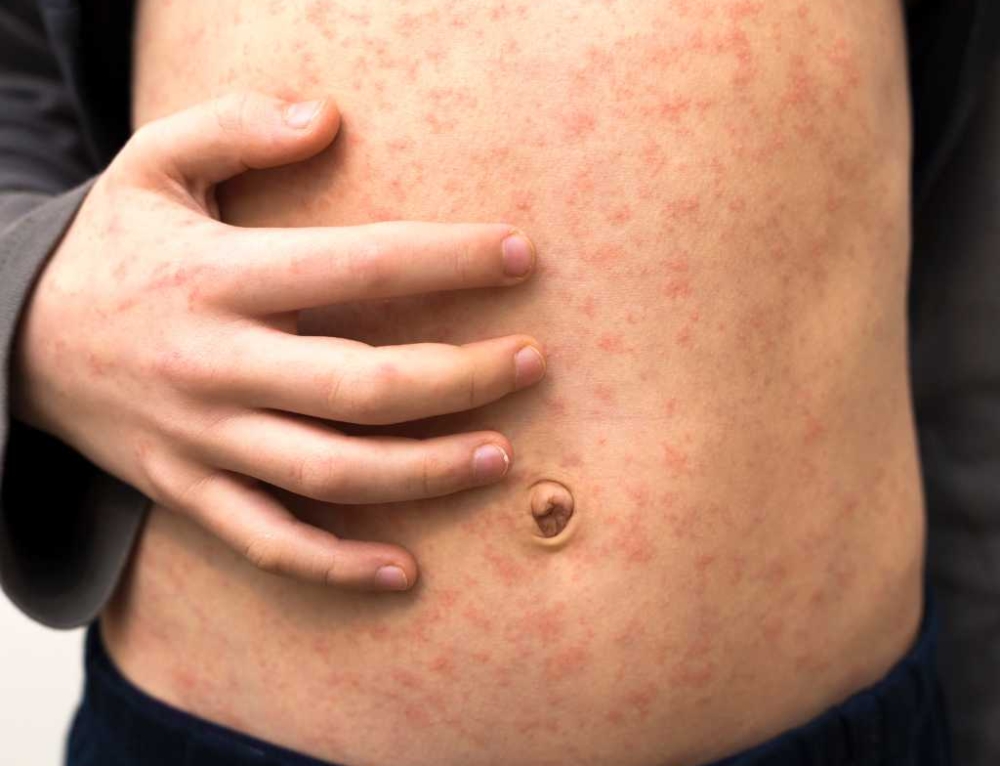
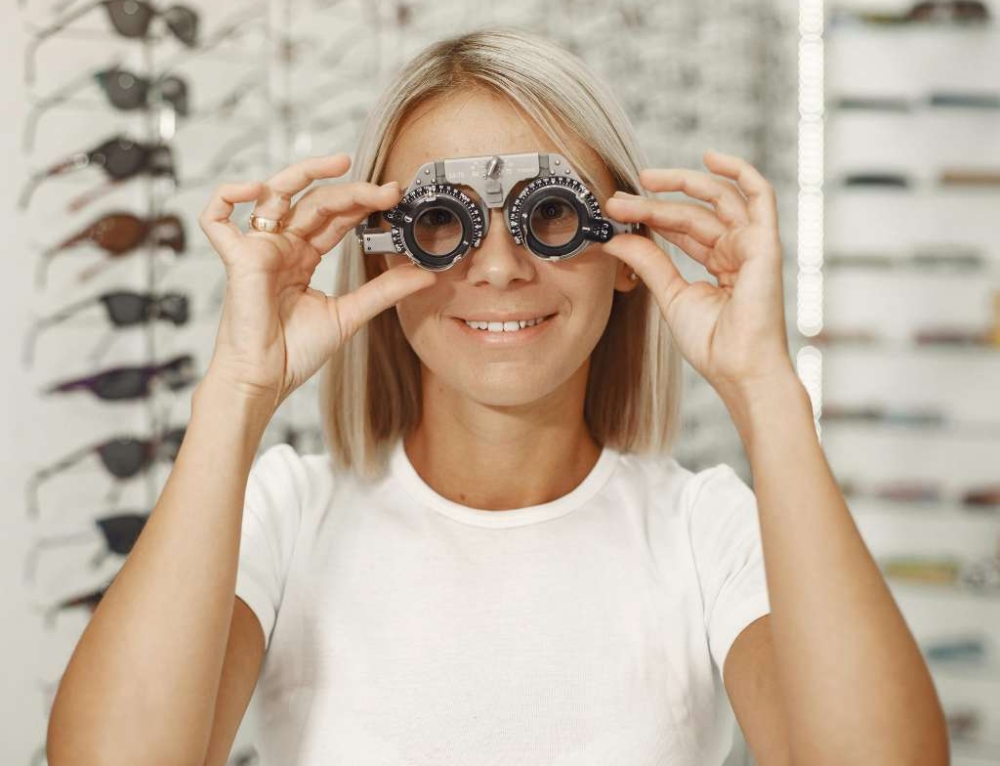
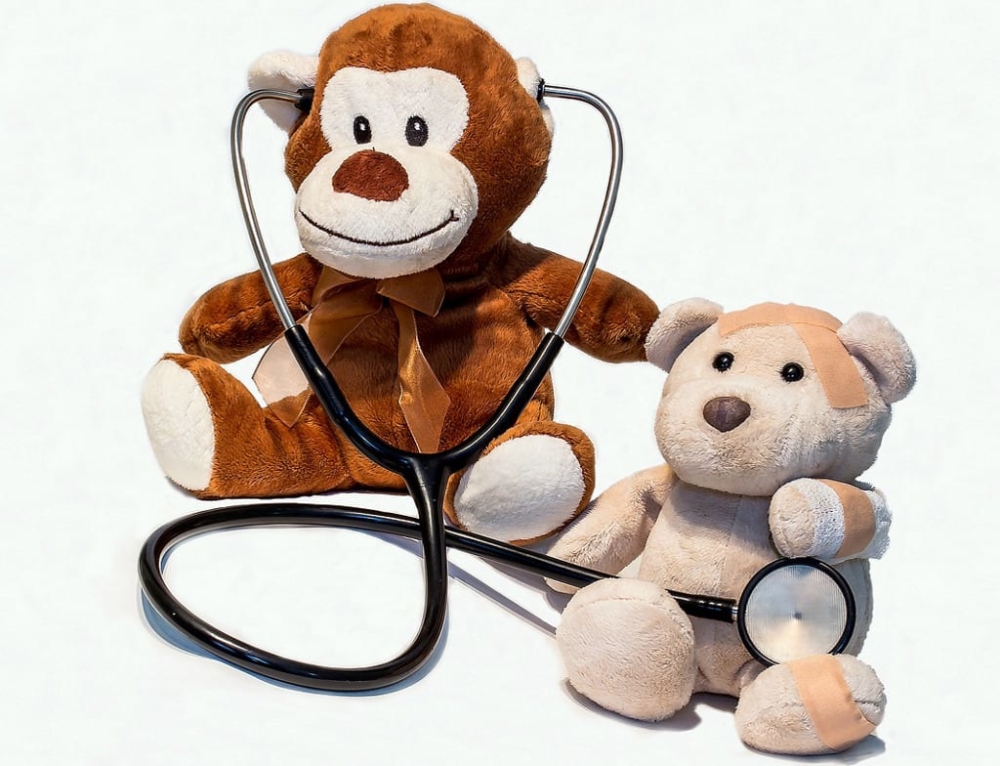

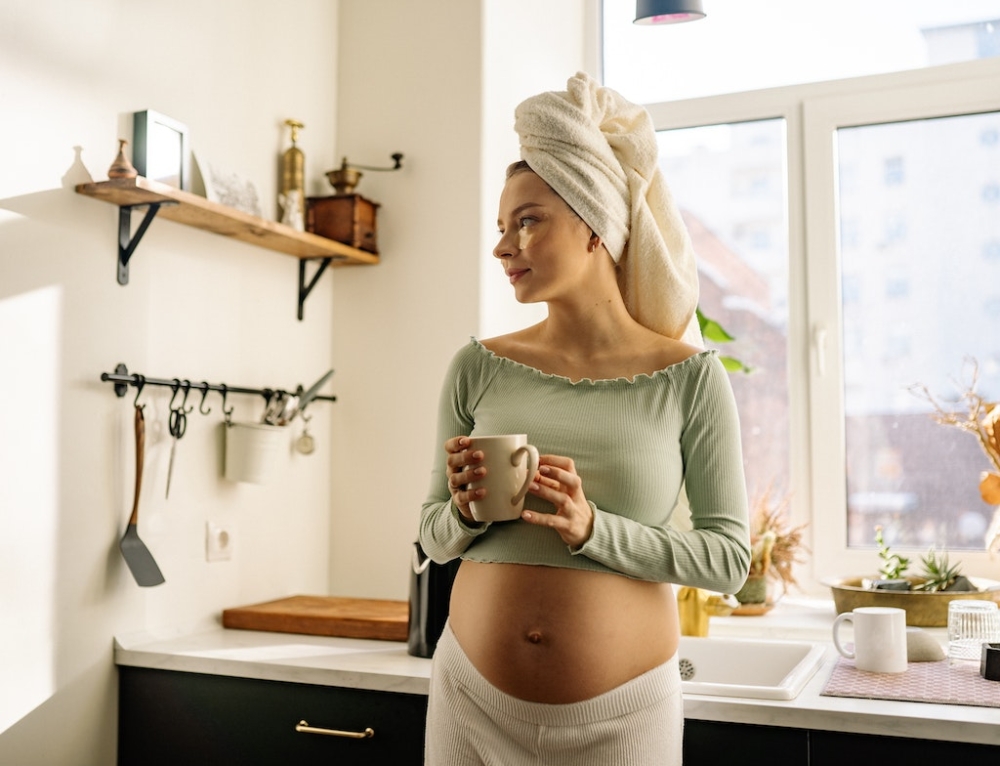
Leave A Comment
You must be logged in to post a comment.